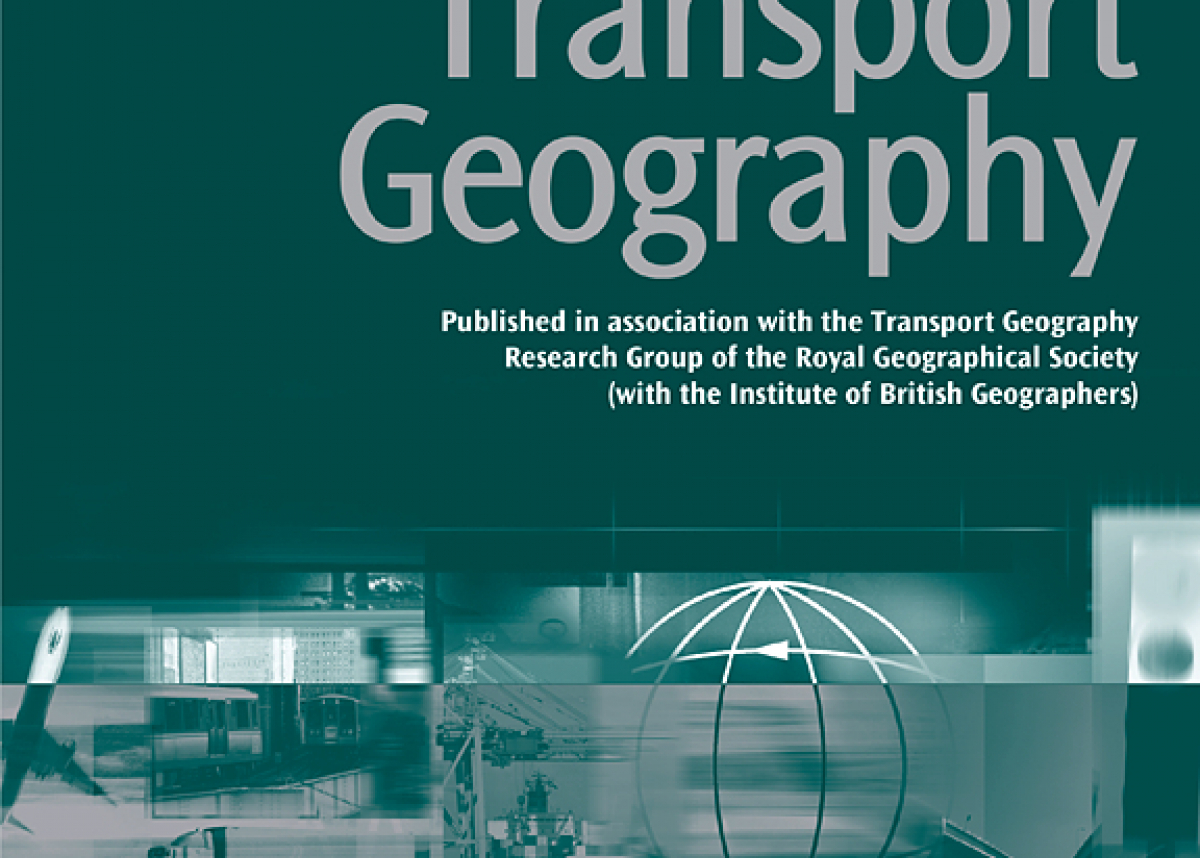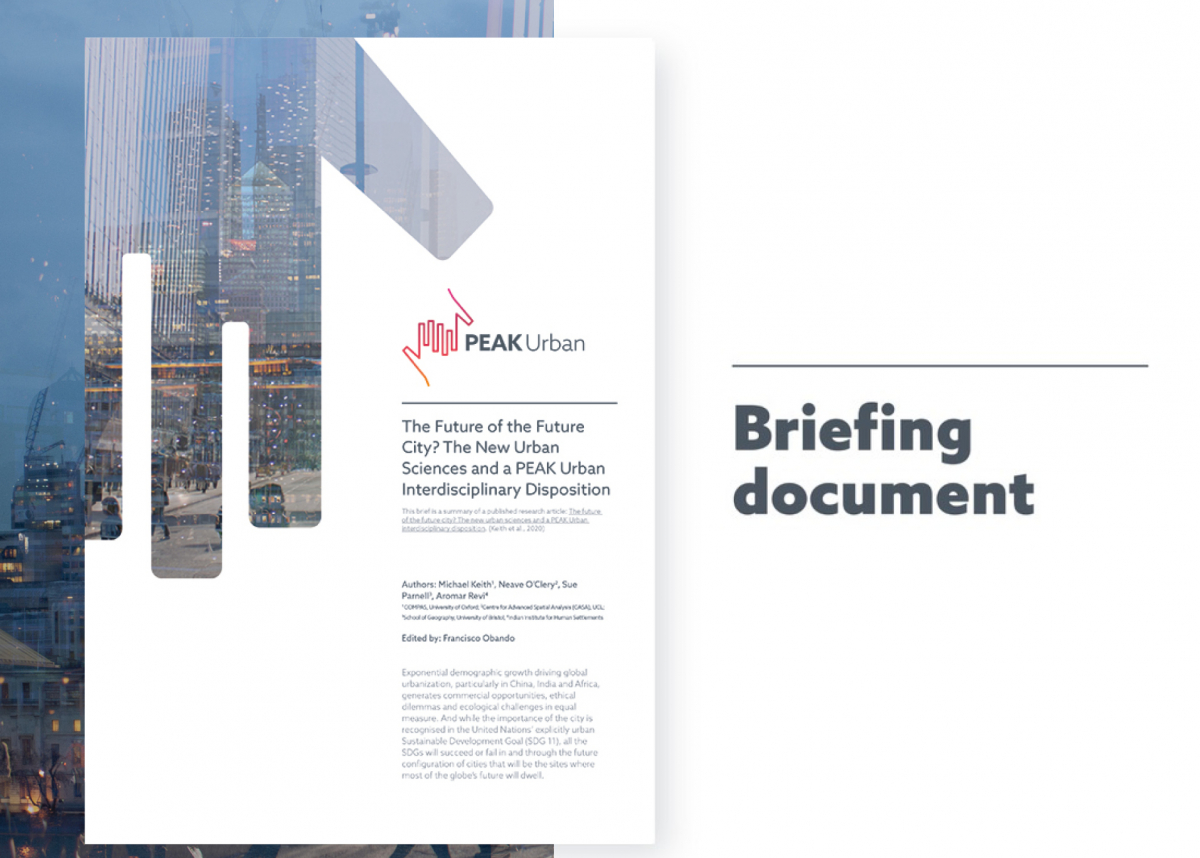
Landscape sensitivity of the border zone between wilderness and cities in the Appalachian Trail region
Landscape sensitivity of the border zone between wilderness and cities in the Appalachian Trail region. In Wang, J. and Cui, K. Eds. Frontiers of Urban Design Development, 533-539. Higher Education Press. International Top-level Forum on Engineering Science and Technology Development Strategy, Chinese Academic of Engineering
In the United States, being connected to the wilderness and landscape is positively valued in contemporary culture and society. However, wildland areas are often adversely affected by human activities and urban settlements. Understanding the relationship between ‘wilderness’ and ‘urban’ is a critical challenge for nature conservation and the well-being of urban dwellers. Wildland-urban interface (WUI) areas are at the center of this challenge.
This paper aims to identify the most environmentally-sensitive WUI areas in the case of the Appalachian National Scenic Trail by introducing and applying two spatial measurements: “landscape intensity” and “development intensity”.
A comparison of these two measurements showed: (1) that the most environmentally-sensitive WUI areas do not correspond to designated wilderness areas and federal lands; (2) of the explanatory variables, the three major determinants of environmental sensitivity in the WUI are rock formations, wetlands, and biodiversity.
The paper then offers recommendations for urban and regional policies, including: (1) protection of the wilderness need to extend into some of these WUI areas; (2) policies and recreational opportunities should pay special attention to areas with greater biodiversity, larger extents of wetlands, or particular rock formations.




